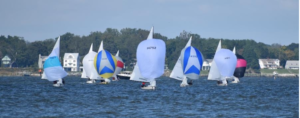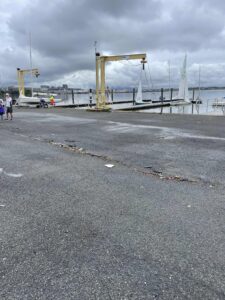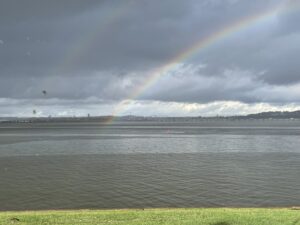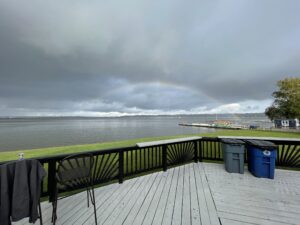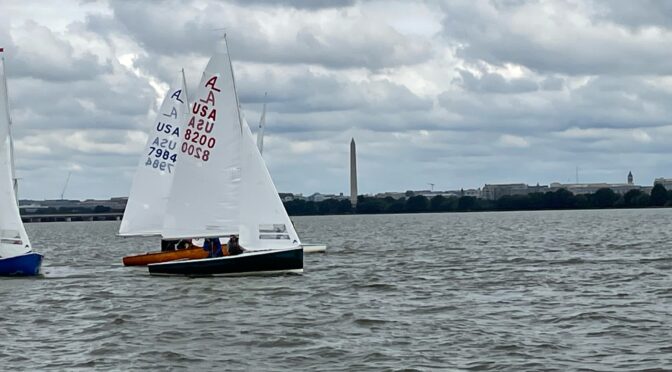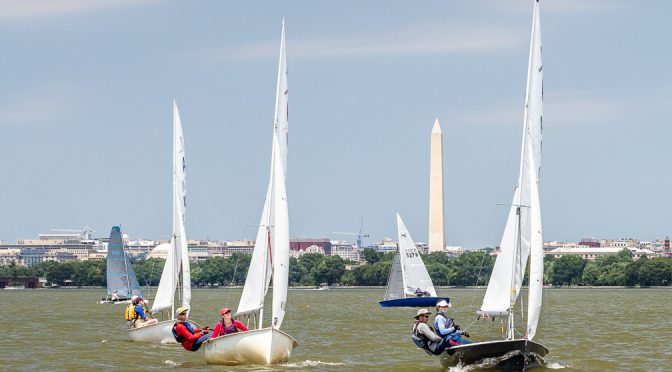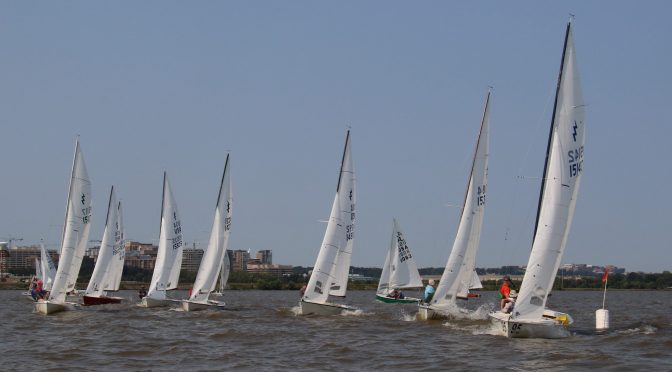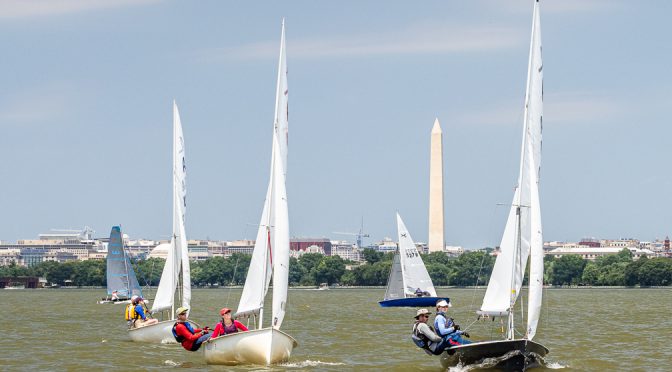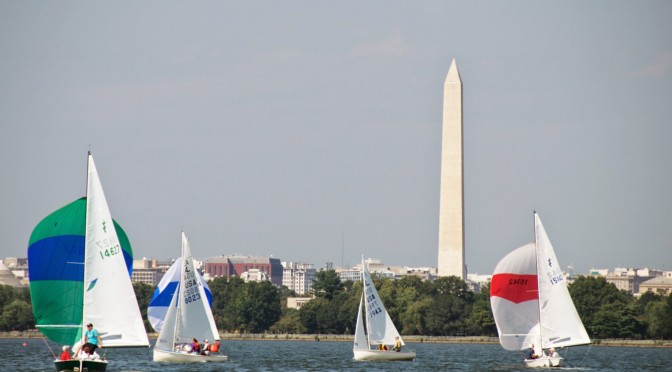PRSA Sailors:
We are just 2 weeks away from the start of the PRSA Spring Series! We are writing now to provide information on some important changes that are going into effect this spring. Please make sure to read through these details carefully so that you’re prepared to race as our Spring Series kicks off on 30 March.
First, you will need to register for the series in advance. Use this link to register: https://forms.gle/9riR85toVRbdvZ976. When you register, you will be prompted to sign up for at least ½ of your required Race Committee (RC) slots. We have had a difficult time filling RC slots in recent seasons and this change will help to address the issue. We will be providing opportunities to help train RC and will look to pair individuals with less RC experience with those that can mentor.
In 2023 all skippers of multi-person boats are responsible for the same amount of RC duty: 4 slots over the Spring & Fall series. Skippers of single person boats are responsible for 2 slots over the Spring & Fall Series. Each skipper may serve your 4 slots all in the Spring, all in the Fall, or spread throughout the spring and the fall. If you bring your crew or friends to help you, make sure to enter the last name of the skipper receiving credit for these volunteers on the RC spreadsheet. You can find the link to the RC Service Signup Sheet here: http://potomacriversailing.org/dues-rc-duty/. And remember, serving as PRO for any race day or as Regatta Chair for one of our 2-day regattas counts as 2 slots.
Second, make sure to review the NOR and the Sailing Instructions for the 2023 Spring and Fall series racing (posted here: http://potomacriversailing.org/spring-fall-sunday-series/). We have made several important changes on scoring that should both bolster participation and enable sailors to travel to away regattas to still compete in, and be competitive for trophies, our Sunday Series races. In brief:
- The new scoring rules eliminate the minimum “races sailed requirement.” There have been many cases where skippers are only a race or two below 50% threshold and don’t qualify. Since days get canceled due to weather and/or due to lack of RC, it isn’t always in the skipper’s control that they end up not sailing in 50% of races. Adding DNC to bring those skippers up to 50% participation would have seen those skippers ranking higher than boats that qualified. We will still only calculate a boat’s series score based on their top 50% finishes in the series(effectively everyone gets to drop their worst half of their scores).
- We are also modifying how DNS, DNF, & DNC are scored and how races conducted while on RC are calculated so that all races can be scored. Our goal is to reward people on RC, incentivize people to race in the conditions that they feel comfortable and at least show up to the Marina before making a final decision.
These changes were discussed at the AGM and then refined through input provided to Tyler, our Rear Commodore, by members and at the 23 January Race Program Committee Meeting. On behalf of the PRSA Executive Committee, I want to thank Tyler in particular for all of the work that he has put in to update our NOR and SIs and to streamline the organization of our Spring and Fall series.
Summary of relevant links:
Please make sure to review the NOR and the SIs and to register so that you are all set to start racing when the 2023 Spring Series begins on 30 March! We look forward to seeing you on the water!

